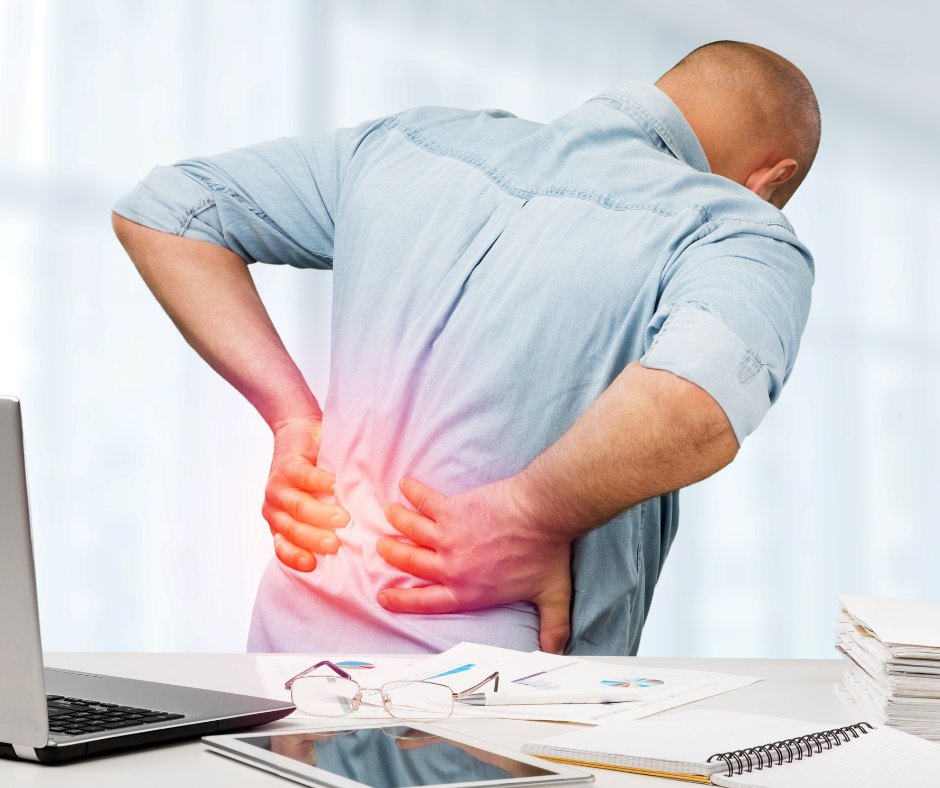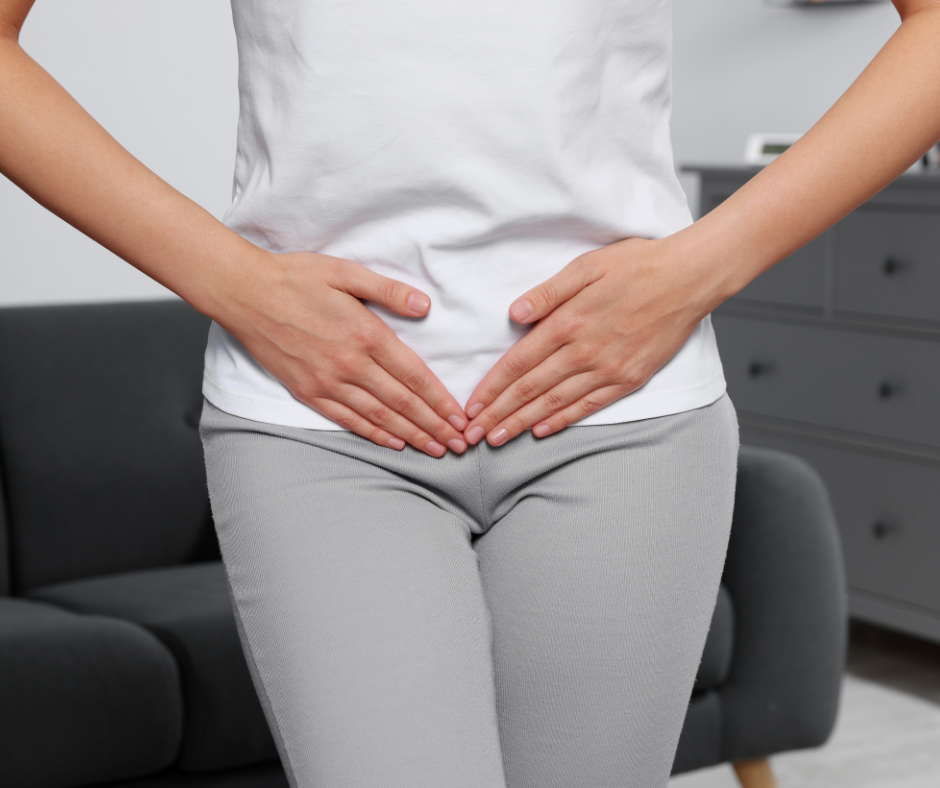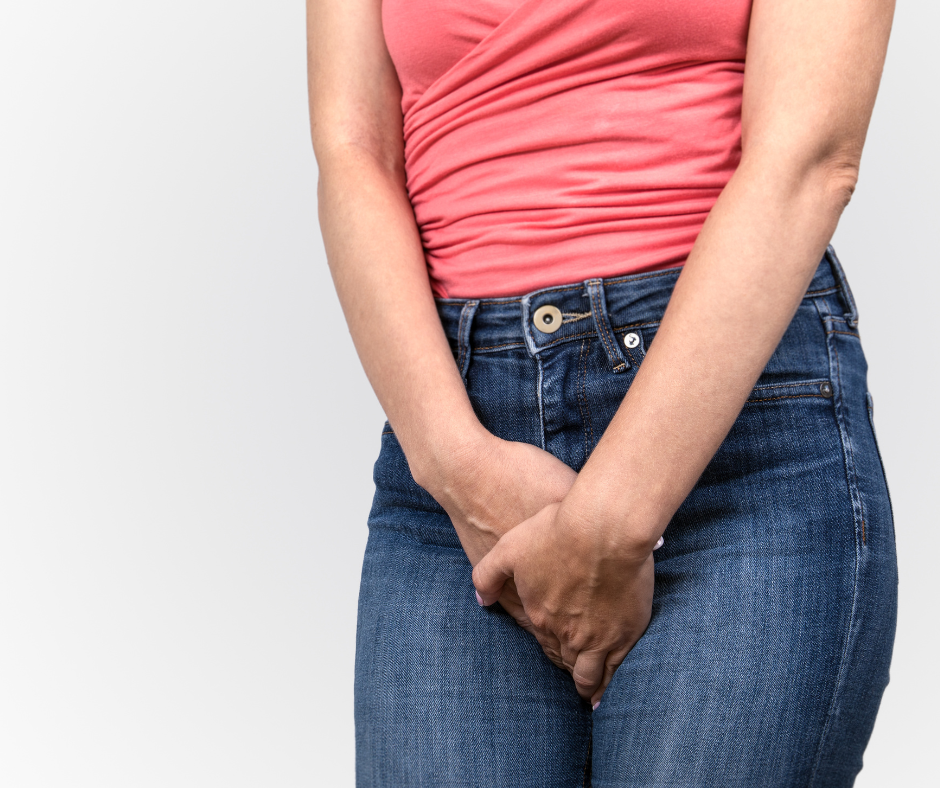When a patient's allodynia, dysesthesia, or hyperalgesia leads to the healthcare professional's headache.
Among the most challenging situations in physical therapy are cases involving sensory deficits.
Therapists then strive to implement an adaptive approach that evolves as their treatment progresses. Electrotherapy using TENS is a solution worth exploring with this demographic since this technology is designed for precise adjustments based on the patient's condition.
Whether it's setting the electrical current parameters or determining the placement of electrodes, several key factors influence the therapeutic plan. Let's take a closer look.
TENS: A Solution Adapting to Sensory Deficits
In a treatment plan involving TENS, it's crucial to consider the type of pain or sensation the patient experiences. In cases of sensory deficit, it’s essential to determine whether there is neuropathic pain or chronic pain, as these are often the root causes of sensory deficits such as:
- Hypoesthesia;
- Hyperesthesia;
- Dysesthesia;
- Allodynia;
- Secondary hyperalgesia.
These sensitivity disorders emerge simply because the nervous system adapts to the chronicity of pain. This includes peripheral sensitization of neurons and central sensitization that can lead to cortical changes, which in turn may contribute to the disinhibition of the pain-affected region. Moreover, these changes in motor and sensory areas might trigger pain spread, not necessarily following a specific anatomical pattern.
These variable conditions have direct repercussions on the extent of the somatosensory and motor areas associated with the lesion. Thus, introducing therapeutic education to personalize TENS treatment for sensory deficits becomes even more relevant.
Therapeutic Education for an Effective and Pleasant Electrotherapy Treatment Experience
The goal of therapeutic education is to optimize the use of TENS based on the condition, patient expectations, and your treatment plan's objective. The process begins with a thorough assessment to calibrate electrotherapy's various variables in terms of settings.
In addition to assessing the nature and intensity of pain, the therapeutic education process identifies other key factors such as:
- Lowered pain threshold;
- Previous treatment experiences;
- Ongoing pharmacological treatments;
- Ongoing non-pharmacological treatments (graded motor imagery, sensory re-education, desensitization).
The initial goal is to familiarize the patient with the electric current sensation so it's perceived as pleasant. Over time, the treatment aims to reduce peripheral, central, or mixed sensitization. Finally, when possible, functinal rehabilitation is introduced by gradually reintroducing everyday tasks that had become impracticable for the patient.
The therapeutic education approach also relies on an indispensable success factor: effective collaboration among clinicians. This involves sharing information and the ability to provide a summary of the therapeutic education given. The patient needs real teamwork!
At SET, our priority is to support you in the pelvic floor rehabilitation of your patients, emphasizing close collaboration to maximize home treatment's effectiveness. We understand the importance of clear and precise communication to identify and meet each patient's specific needs.
Thanks to our recommendation tool, we facilitate creating a care plan tailored to your therapeutic goals, thus enhancing rehabilitation outcomes for your patient.
To discover how our expertise in functional electrotherapy can enrich your practice and improve your patients' rehabilitation journey, we invite you to contact one of our experts.
Together, let's progress towards a comprehensive approach from clinic to patient's home for optimal results.








(450) 508.4183
1.800.761.1183
Nos appareils
©Tous droits réservés SET - Service d'Électro Thérapie - Soulagement de la douleur et réhabilitation musculaire par l'électrothérapie

